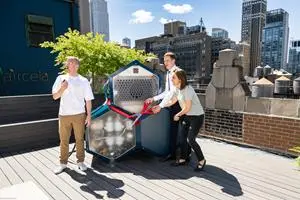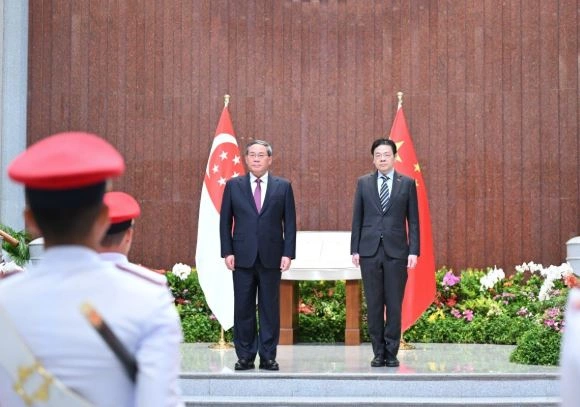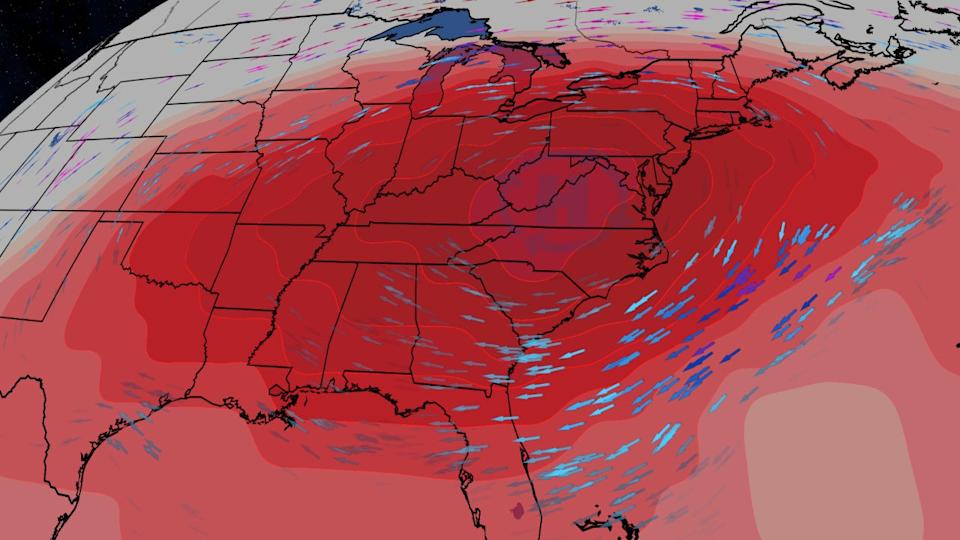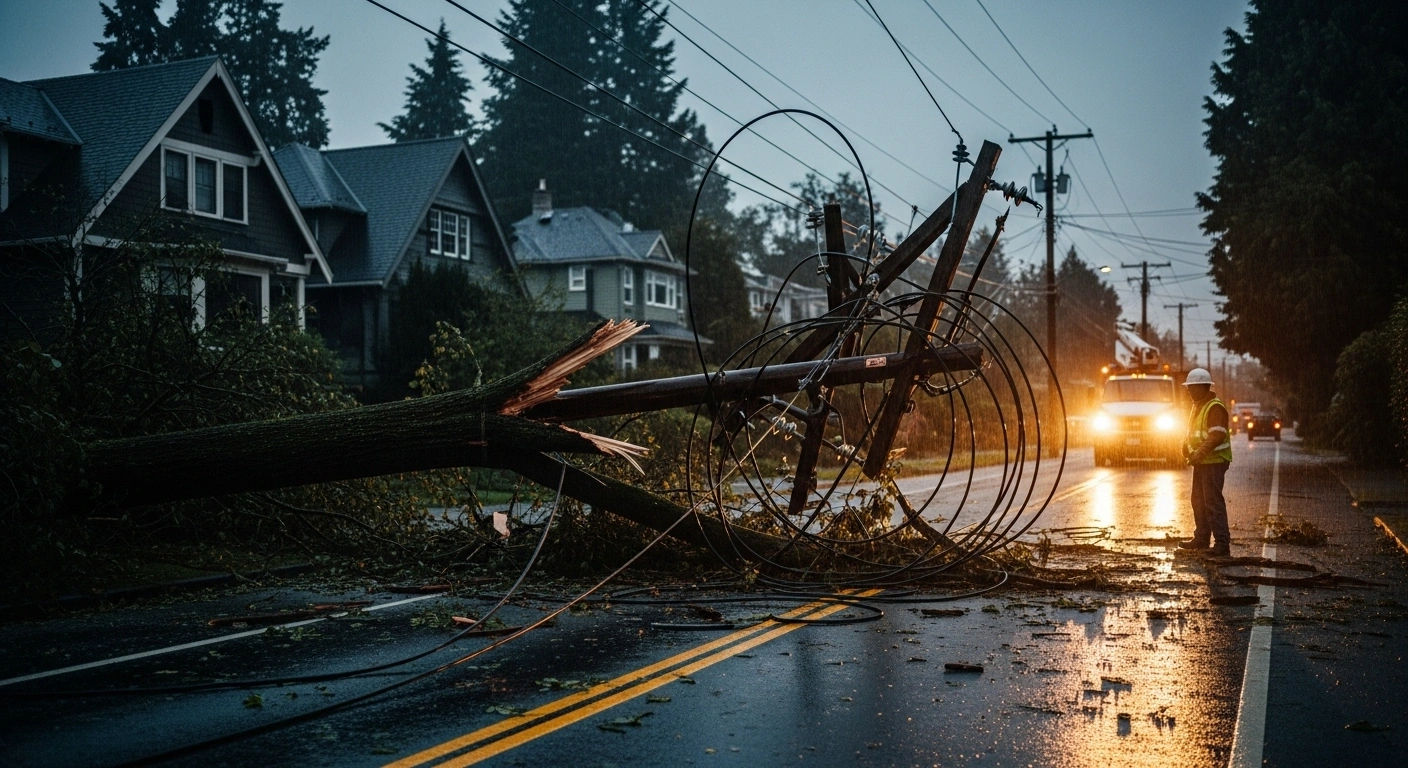Aircela Revolutionizes Fuel Production While Norton Revs Up for Electric Future : Dual Breakthroughs Reshape Transportation

NEW YORK, NY & BIRMINGHAM, UK — In an unprecedented convergence of innovation, two seemingly unrelated companies are poised to transform how we power our journeys. Aircela, a New York-based startup, has unveiled a refrigerator-sized machine capable of synthesizing gasoline from thin air, while British motorcycle icon Norton prepares to storm global markets with four groundbreaking models—including an electric superbike—by 2026. Together, these advances signal a seismic shift toward sustainable mobility without sacrificing performance or convenience.
Aircela: Turning Air into Liquid Gold
On a Manhattan rooftop in May, Aircela co-founders Mia and Eric Dahlgren demonstrated what sounds like science fiction: a modular device capturing carbon dioxide directly from the atmosphere and converting it into fully functional, pump-grade gasoline. Roughly the size of a commercial refrigerator, the machine uses renewable electricity to transform airborne CO₂ and water into sulfur-free, ethanol-free premium fuel (RON 95+)—no engine modifications required. Former Porsche executive Karl Dums, initially skeptical, witnessed the live demo and declared it a “historic moment” for decarbonization, admitting: “Fortunately, I was wrong. Aircela has earned my full respect”.
The implications are staggering. Each unit captures 10 kg of CO₂ daily to produce one gallon of gasoline, storing up to 17 gallons for direct use in conventional vehicles. With transportation responsible for 28% of U.S. greenhouse emissions—mostly from gas-powered cars—Aircela offers a pragmatic bridge toward carbon neutrality. Backed by investors like Ripple co-founder Chris Larsen and shipping giant Maersk’s venture arm, the company plans its first commercial deployments by fall 2025. Target users range from homeowners seeking off-grid fuel independence to gas stations and industrial complexes.
Norton’s Four-Pronged Assault on the Future
Meanwhile, under India’s TVS Motors ownership, Norton Motorcycles is executing a bold revival. The British marque will debut four new models in 2026, spearheaded by a re-engineered V4 superbike at November’s EICMA show. This 185-horsepower beast—previously non-compliant with Euro 5+ emissions standards—has been meticulously redesigned with over 400 upgraded components. Norton’s Chief Commercial Officer Christian Gladwell emphasized the bike represents “a motorcycle from our new ownership, look and feel the quality”.
But Norton’s ambitions extend beyond petrol. Their “Zero Emission Norton” project, co-funded by the UK government, aims to solve electric mobility’s toughest compromise: range versus performance. Partnering with Triumph’s electric team and Warwick University, Norton engineers are developing a bike promising “race performance and touring range” without battery-weight penalties. Additionally, a new 450cc parallel-twin platform—shared with BMW’s upcoming F 450 GS—will challenge Triumph’s Speed 400 in the burgeoning entry-level segment. This strategic pivot includes aggressive expansion into France, Germany, Italy, Spain, and India by 2026.
The Scalability Challenge
Both innovations face critical hurdles. Aircela’s carbon-neutral promise hinges entirely on renewable energy sources; if powered by fossil-fuel grids, environmental benefits vanish. While modular design enables rapid deployment, current output (1 gallon/day) remains impractical for most drivers. CEO Eric Dahlgren acknowledges the urgency: “We cannot wait decades to address emissions”.
Norton, too, must rebuild trust after years of turmoil under previous ownership. Its electric venture enters a crowded field where giants like Harley-Davidson and Triumph already compete. Yet Sudarshan Venu, TVS Motors’ Managing Director, remains confident: “You will see Norton and TVS versions using a similar platform in coming months”.
A Shared Vision: Sustainability Without Sacrifice
What unites these disruptors is a rejection of compromise. Aircela lets drivers retain existing vehicles while slashing carbon footprints—a vital option given EVs’ slow adoption (just 8% of U.S. cars). Maersk’s Morten Bo Christiansen sees “Aircela paving the way for our transition from investor to customer,” hinting at maritime applications.
Similarly, Norton blends heritage with hyper-modernity. Gladwell notes motorcycling’s evolution from pure speed to self-expression: “It’s about using machines to explore”. Their electric and small-displacement bikes aim to attract new riders without alienating traditionalists—a delicate balance exemplified by the V4 superbike’s thunderous legacy.
The Road Ahead
As Aircela eyes fall deployments and Norton readies its EICMA reveal, their breakthroughs reflect a broader transportation renaissance. From NASA’s 2040 eco-airliner studies to solar-derived jet fuel experiments in Switzerland, industries are reimagining energy sourcing. For now, Aircela’s air-to-fuel alchemy and Norton’s electric audacity prove sustainability needn’t mean surrender—just smarter engineering.
In a world craving climate solutions that align with reality, these parallel paths offer hope: one pulls fuel from the sky, the other charges toward a quieter, cleaner roar.








